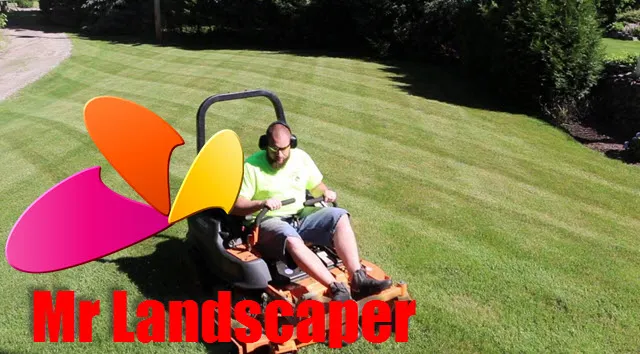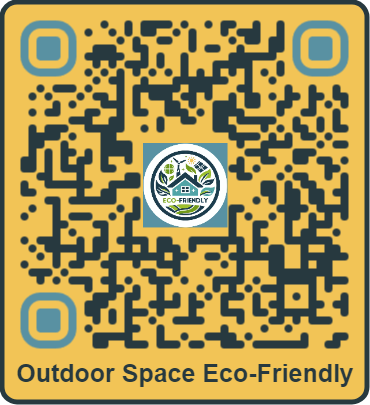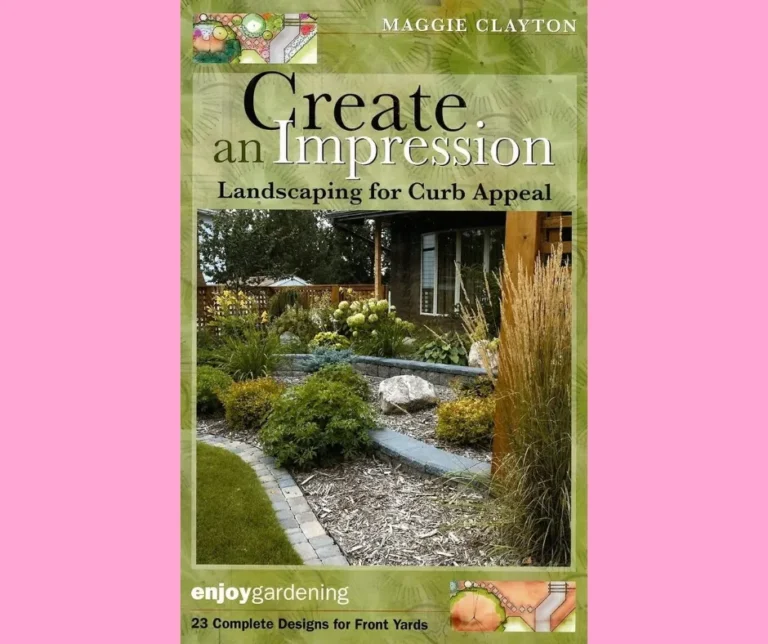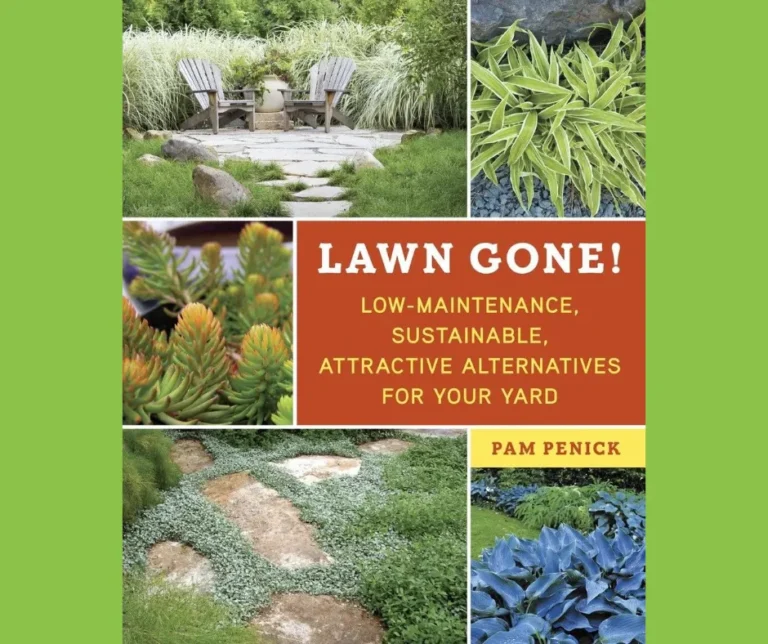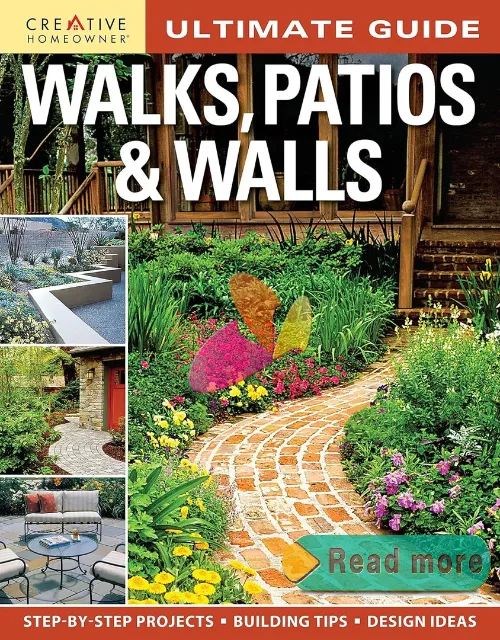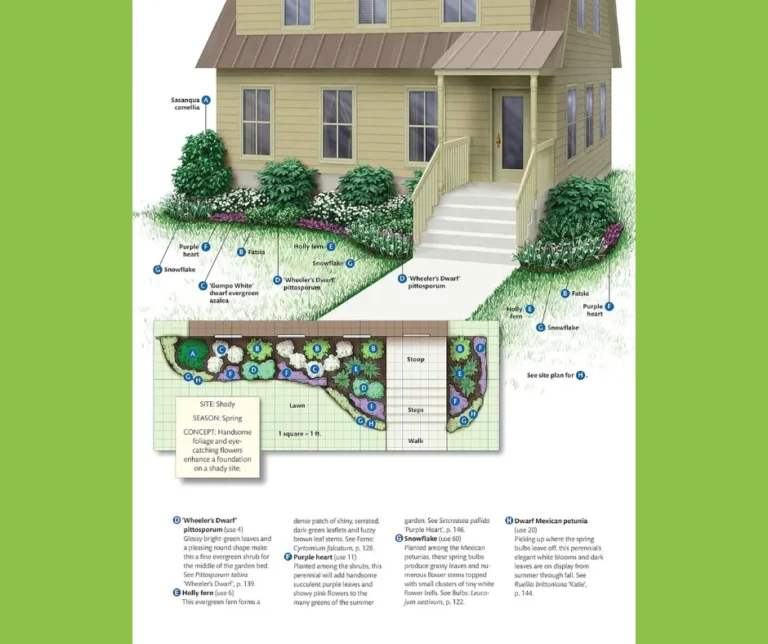Your Outdoor Space Eco-Friendly Landscaping
Are you looking to create a beautiful outdoor space that not only enhances the aesthetics of your home but also promotes sustainability?
As more and more people become conscious of the impact of their actions on the environment, sustainable landscaping is gaining popularity.
By incorporating eco-friendly practices into your outdoor design, you can reduce your carbon footprint and create a space that is not only visually appealing but also beneficial for the planet.
In this article, we will explore Your Outdoor Space Eco-Friendly Landscaping with the concept of sustainability in landscaping and provide you with practical solutions to transform your outdoor space into an environmentally friendly sanctuary.
From choosing native plants to implementing water-saving techniques, we will guide you on how to create a sustainable and beautiful landscape that will not only benefit your home, but also the planet.
Let’s dive into the world of sustainable landscaping and discover how you can make a positive impact on the environment while enhancing the beauty of your outdoor space.
Table of Contents Your Outdoor Space Eco-Friendly Landscaping
Eco-Friendly Home for Beginners
Transforming your garden into an eco-friendly oasis can be both fulfilling and manageable, even for beginners.
Opt for indigenous plants that naturally thrive in your region’s climate, drastically reducing the need for extra watering or pest control.
Incorporating drought-resistant species will also aid in water conservation—a critical step in making your outdoor space more sustainable.
Another compelling tip: Think vertically! Vertical gardens not only maximize limited space but also improve air quality around your home.
Pair native flora with rainwater harvesting systems to further enhance efficiency and sustainability.
Rich compost made from kitchen scraps can rejuvenate your soil, creating a lush, thriving ecosystem that benefits you and the environment—no chemical fertilizers required!
Don’t just dream of an eco-friendly home; make it a reality by embracing these thoughtful landscaping choices right away.
Create an eco-friendly outdoor oasis
To transform your outdoor space into an eco-friendly oasis, consider incorporating sustainable landscaping solutions that prioritize both beauty and sustainability.
By embracing environmentally friendly practices, you can create a harmonious balance between aesthetics and eco-consciousness.
Utilize native plants that are well-adapted to your region’s climate, reducing the need for excessive watering and maintenance.
Implementing a rainwater harvesting system allows you to collect and reuse rainwater for watering your plants and reducing water waste.
Additionally, opt for organic fertilizers and pesticides to minimize harm to the environment and promote a healthier ecosystem.
By being mindful of your choices and integrating sustainable landscaping practices, you can create a stunning outdoor space that not only enhances the beauty of your home but also contributes to a greener future.
Use sustainable materials and plants
Enhancing the sustainability of your outdoor space goes beyond just choosing the right plants; it also involves using sustainable materials in your landscaping projects.
When selecting materials for pathways, decking, or outdoor furniture, opt for eco-friendly options such as reclaimed wood, recycled plastic, or natural stones.
These materials not only add a touch of natural elegance to your outdoor space but also reduce the demand for new resources and minimize waste.
Incorporating sustainable materials not only showcases your commitment to environmental responsibility but also ensures the longevity and durability of your outdoor features.
By carefully selecting and utilizing sustainable materials in your landscaping projects, you can create a beautiful and eco-friendly outdoor space that aligns with the principles of Sustainability Meets Beauty: Transforming Your Outdoor Space with Eco-Friendly Landscaping Solutions.
Reduce water and energy usage
To further enhance the sustainability of your outdoor space as part of Sustainability Meets Beauty: Transforming Your Outdoor Space with Eco-Friendly Landscaping Solutions, it is important to focus on reducing water and energy usage.
Implementing water-saving techniques such as installing a drip irrigation system, using mulch to retain moisture, and grouping plants based on their water needs can significantly decrease water consumption.
Additionally, incorporating energy-efficient lighting options such as solar-powered lights can minimize energy usage and reduce your carbon footprint.
By adopting these sustainable practices, you not only conserve precious resources but also contribute to a more environmentally friendly and aesthetically pleasing outdoor space.
Incorporate natural elements and textures
Enhancing the natural beauty of your outdoor space is a key component of Sustainability Meets Beauty: Transforming Your Outdoor Space with Eco-Friendly Landscaping Solutions.
Incorporating natural elements and textures into your landscape design not only creates a visually appealing environment but also promotes a sustainable approach.
Consider utilizing native plants and materials that are well-suited to your local climate, as they require less maintenance and irrigation.
Integrate natural stone pathways or wooden features to add a touch of warmth and texture to your outdoor space.
By embracing the beauty of nature, you can create an inviting and eco-friendly landscape that harmoniously blends with the surrounding environment.
Maximize function and aesthetic appeal
To fully transform your outdoor space with eco-friendly landscaping solutions, it is essential to maximize both function and aesthetic appeal.
By carefully considering the layout and design elements of your outdoor area, you can create a space that not only looks beautiful but also serves a practical purpose.
Incorporating features such as seating areas, fire pits, or outdoor kitchens can enhance the functionality of your space, allowing you to fully enjoy and utilize your outdoor oasis.
Additionally, selecting elements that complement your overall design aesthetic, such as eco-friendly furniture and sustainable lighting fixtures, can elevate the visual appeal of your outdoor space while maintaining your commitment to sustainability.
By striking a balance between function and aesthetic appeal, you can create a truly transformative outdoor space that is both eco-friendly and visually stunning.
As you can see, incorporating eco-friendly landscaping solutions into your outdoor space can have a positive impact on both the environment and your property.
By choosing sustainable materials, reducing water usage, and promoting biodiversity, you can create a beautiful and functional outdoor area that aligns with your values and supports a healthier planet.
So why not take the first step towards a more sustainable landscape? Your future self, and the planet, will thank you.
FAQ
What are some eco-friendly landscaping solutions that can help reduce water usage in outdoor spaces?
To reduce water usage in your outdoor space, consider xeriscaping with drought-resistant plants, installing a rainwater harvesting system, using permeable paving materials, and mulching to retain moisture.
Additionally, implementing smart irrigation technologies and grouping plants with similar water needs can help conserve water and create a sustainable landscape.
By incorporating these eco-friendly landscaping solutions, you can contribute to water conservation efforts while creating a beautiful and environmentally responsible outdoor space.
How can incorporating native plants into your outdoor space contribute to sustainability and biodiversity?
By incorporating native plants into your outdoor space, you are promoting sustainability and biodiversity.
Native plants require less water, pesticides, and maintenance, reducing the environmental impact of your garden.
They also provide habitat and food for local wildlife, supporting biodiversity.
Additionally, native plants are adapted to the local climate and soil conditions, making them more resilient to changes in the environment.
Overall, planting native species in your outdoor space can help create a more sustainable and diverse ecosystem that benefits both the environment and local wildlife.
What are some creative ways to repurpose materials in outdoor landscaping projects to minimize waste?
One creative way to repurpose materials in outdoor landscaping projects and minimize waste is to use old tires as planters for flowers or herbs.
Another idea is to repurpose wooden pallets as fencing or raised garden beds.
You can also use broken concrete pieces to create a unique pathway in your garden.
By thinking outside the box and finding new uses for old materials, you can not only reduce waste but also add a unique and eco-friendly touch to your outdoor space.
How can incorporating renewable energy sources, such as solar panels or wind turbines, enhance the sustainability of outdoor spaces?
By incorporating renewable energy sources like solar panels or wind turbines into outdoor spaces, you can enhance sustainability by reducing carbon emissions and dependence on non-renewable resources.
These clean energy sources can power lighting, water features, or outdoor appliances, making outdoor spaces more environmentally friendly and cost-effective.
Additionally, integrating renewable energy solutions can serve as a visible example of sustainable practices, inspiring others to follow suit and promote a greener future for outdoor environments.
What are some tips for maintaining an eco-friendly outdoor space, such as composting, natural pest control, and using organic fertilizers?
To maintain an eco-friendly outdoor space, you should start composting to reduce waste and enrich soil.
Use natural pest control methods like planting companion plants or introducing beneficial insects.
Opt for organic fertilizers to nourish plants without harmful chemicals.
Remember to conserve water by watering in the early morning or evening and using a rain barrel to collect water.
Additionally, support biodiversity by planting native species and creating habitats for wildlife.
Regularly monitor your outdoor space to ensure it remains sustainable and environmentally friendly.
By taking these steps, you can promote a healthy ecosystem in your outdoor area.
